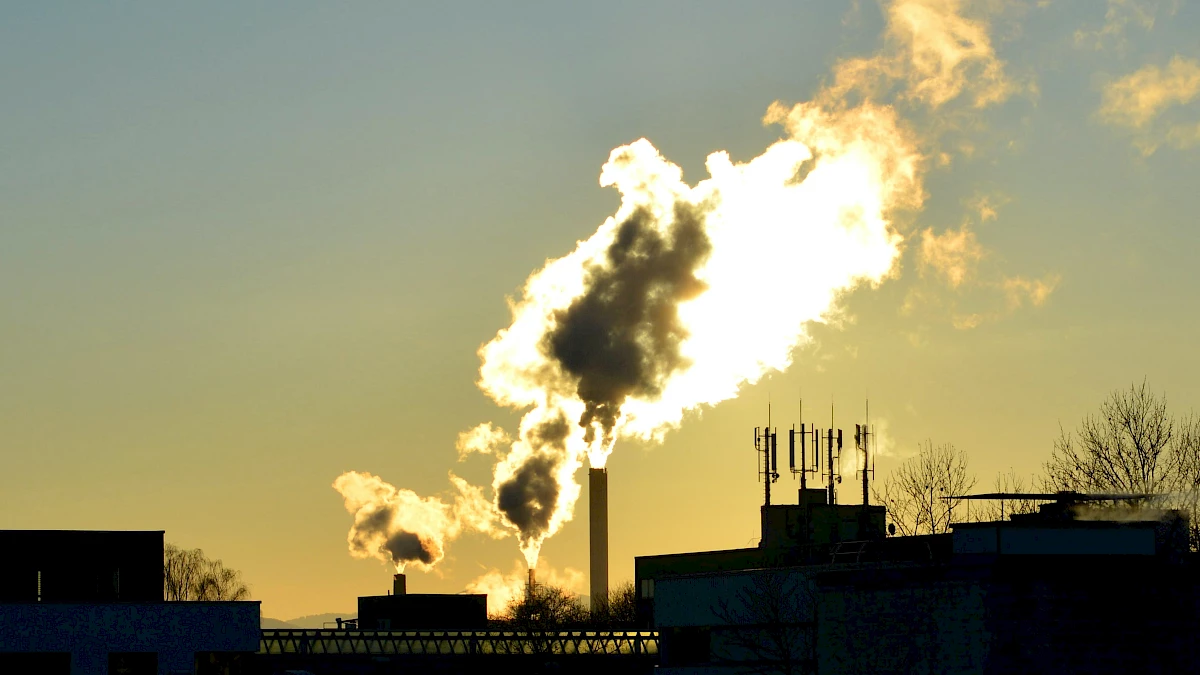
© Photo by geogif on istockphoto


Energy recovery from waste
The energy recovery of waste is established as a fixed pillar of a modern circular economy, as materials with a high calorific value are recycled here in a high-quality manner as low-emission energy sources.
When secondary fuels are co-incinerated in industrial furnaces and cement plants, they directly replace primary fuels in a production process. Therefore, they must meet requirements for physical and chemical properties (low heavy metal content, constant calorific value, low chlorine content, defined grain size and bulk density, low impurity content). Depending on the types of waste used, defined production steps for the manufacture of secondary fuels and corresponding quality assurance are required. The biogenic content of the secondary fuels, the savings in primary fuels, the recovery of ferrous and non-ferrous metals, and - in the case of co-incineration in cement plants - the recycling of the mineral content contribute to climate protection and resource conservation.
The energy recovery of waste is established as a fixed pillar of a modern circular economy, as materials with a high calorific value are recycled here in a high-quality manner as low-emission energy sources. When secondary fuels are co-incinerated in industrial furnaces and cement plants, they directly replace primary fuels in a production process. Therefore, they must meet requirements for physical and chemical properties (low heavy metal content, constant calorific value, low chlorine content, defined particle size and bulk density, low impurity content).
 Energy recovery from waste
Energy recovery from waste© Photo by Daniel Gimbel on Unsplash
Depending on the types of waste used, defined production steps for the manufacture of secondary fuels and corresponding quality assurance are required. Due to the biogenic share in the secondary fuels, the saving of primary fuels, the recovery of ferrous and non-ferrous metals, as well as - in the case of co-incineration in cement plants - the recycling of the mineral fraction, a contribution is made to climate protection and resource conservation.
